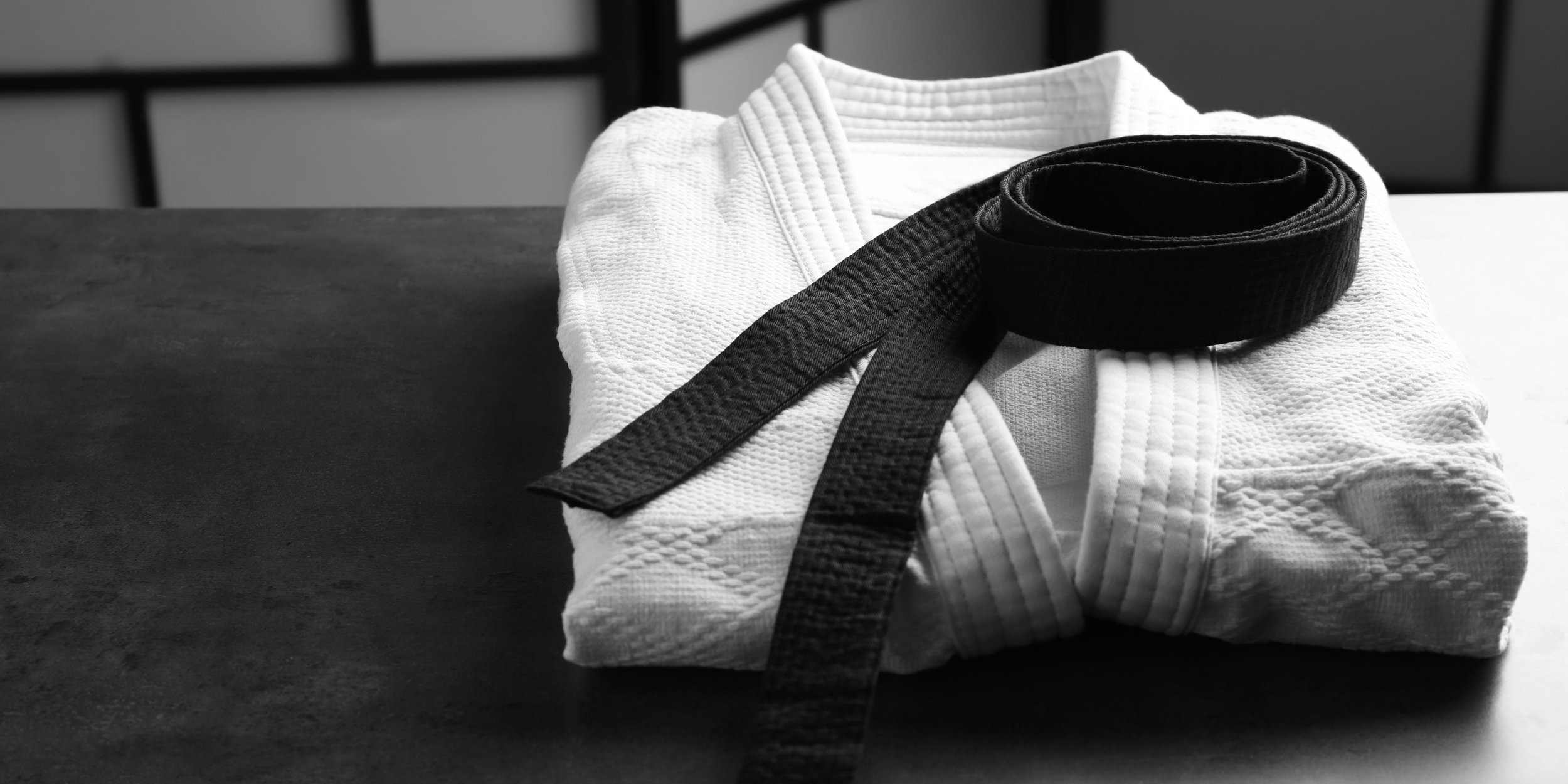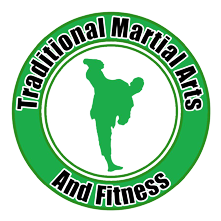
WHAT IS KARATE?
Karate, a martial art that originated in Okinawa, Japan, is not just a physical discipline but a way of life. Rooted in centuries-old traditions, the word “Karate 空手”, originates from the combination of two kanji characters, kara (empty) and te (hand), translates to "empty hand." By appending the suffix "-dō" (pronounced "daw"), signifying "the way/path," karate-dō 空手道 ,embodies a comprehensive way of life extending beyond mere self-defense applications. In the realm of traditional karate-dō, the emphasis lies in personal competition and continuous self-improvement.
This martial art is comprised of three fundamental components: Kihon, Kata, and Kumite:
Kihon (Basics): Kihon forms the cornerstone of karate training, encompassing fundamental techniques such as punches, kicks, blocks, and stances. Mastery of these basics is crucial for developing strength, precision, and proper form. All Karateka start their journey by learning the basics.
Kata (Forms): Kata involves the practice of prearranged movements that simulate various combat scenarios. Serving as a repository of techniques, Kata allows practitioners to refine their movements, understand the practical applications of techniques, and cultivate muscle memory.
Kumite (Sparring): Kumite entails controlled sparring sessions where practitioners apply techniques learned in Kihon and Kata against a live opponent. This component enhances adaptability, timing, and the ability to assess and respond to an opponent's movements, facilitating practical self-defense skills.
BUNKAI / OYO
Bunkai is the term used to describe the actual application of the techniques practiced in the kata. Oyo is the term for application that also come from the kata, but are necessarily duplicated purely as they are within the embusan of the form. Without a clear understanding of the application of a kata, it is merely a sequence of movements with no meaning. In order to fully appreciate the teaching of a particular form, the Bunkai / Oyo must be analyzed and understood. Many elements and levels of technique are to be found upon careful study and instruction. It has been said that the kata are the enclopedia of technique for style. Bunkai/oyo is the understanding of the information.
SHOTOKAN DOJO KUN
"Dojo Kun" is a Japanese martial arts term literally meaning "training hall rules". They are generally posted at the entrance to Dojo or at the "front" of the dojo (shomen). In some styles of martial arts they are recited at the end of a class.
In Shotokan karate, "Dojo Kun" (generally accredited to Gichin Funakoshi) serves as a set of five guiding principles recited at the end of each training session:
Hitotsu! Jinkaku kansei ni tsutomuru koto
Seek perfection of character ('To strive for a full or complete character’)
Hitotsu! Makoto no michi o mamoru koto
Be faithful (‘Defending the path in life you walk on with truthfulness and sincerity’)
Hitotsu! Doryoku no seishin o yashinau koto
Endeavour (‘Cultivating the spirit of perseverance’)
Hitotsu! Reigi o omonzuru koto
Respect others (‘Honouring the principles of etiquette’)
Hitotsu Keki no yu o imashimuru koto
Refrain from violent behaviour (‘Be warned or guard against hot blooded behaviour’)




